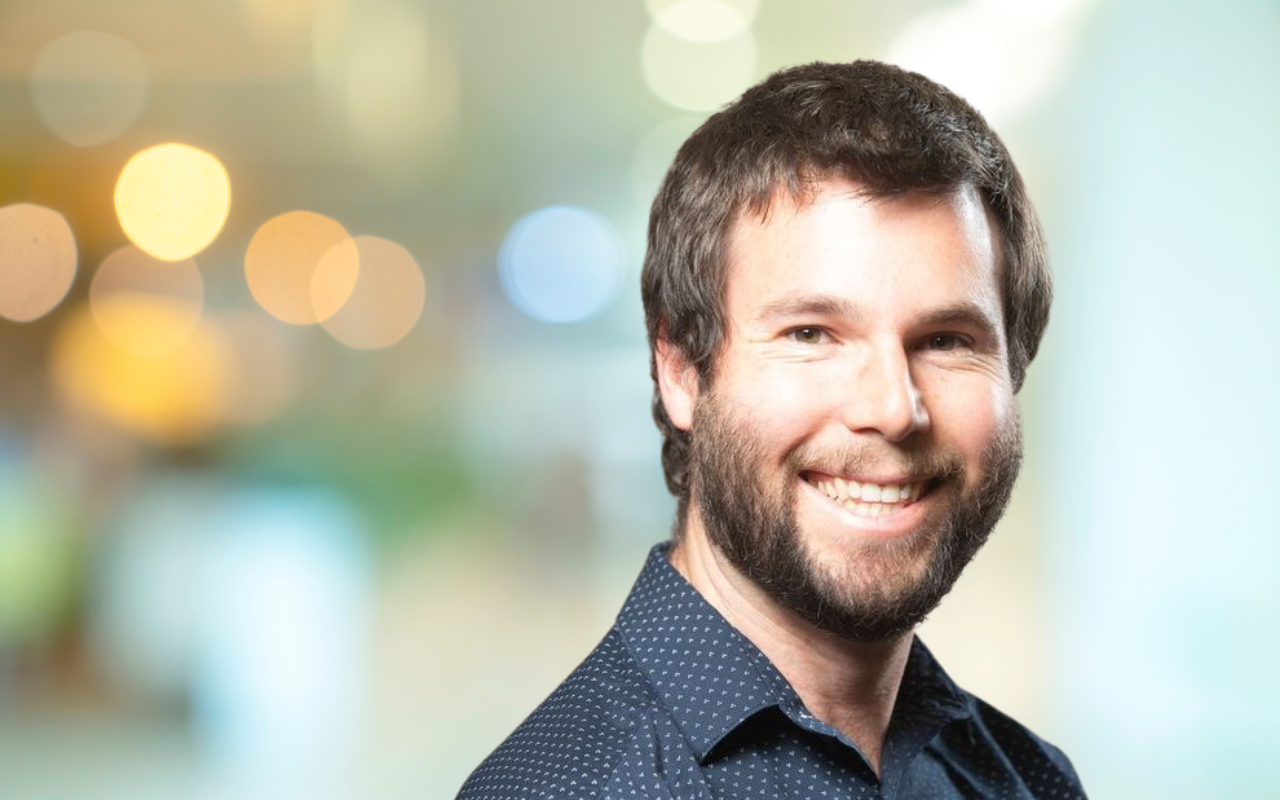The shortfall of doctors in rural and regional Australia can be addressed if medical schools make rural health a core priority, writes Dr Colin Corte.
Where a person lives in Australia can greatly affect their quality of health. People in rural areas have far poorer health outcomes than those in metropolitan areas, including shorter lifespans and a higher burden of disease. There are several reasons for this, but perhaps the most important is that there just aren’t enough doctors and other health care workers in rural areas. Regional and rural Australia is home to around 30% of Australians but only around 20% of doctors, so there are fewer doctors per resident.
This problem is not new, and it is very hard to address.
It does seem that there is more to this problem than money alone. Despite government incentives, rural Australian towns are struggling to find doctors, particularly doctors trained in Australia. In some cases this has led to bidding wars for locums and to small towns offering huge financial rewards for a general practitioner to set up a local practice. Such approaches are not sustainable.
There is a considerable body of research that suggests the solution lies in the selection and training of medical students. We know that students with a rural background who spend long periods of their training in rural clinical settings are more likely to practise in a rural area, and it is these students who should be the focus of rural medical programs.

The University of Wollongong (UOW)’s Graduate School of Medicine was established in 2007 with a core focus on training doctors to work in regional and rural communities. To achieve this goal, UOW recruits students from rural backgrounds, has a rural focus in the curriculum, and has a significant part of its preclinical and clinical activities in rural settings. This approach requires considerable time and resources, so we wanted to know whether it has been successful.
In our work, published in the Australian Journal of Rural Health, we used the Medical Students Outcomes Database (MSOD) to compare the work locations between UOW’s medical graduates and the national cohort of medical graduates. The MSOD is owned by Medical Deans Australia and New Zealand, who have been surveying the preferences of medical graduates since 2005. Recently, the MSOD added a longitudinal aspect to the database by linking surveys to locations and specialties listed in annual Australian Health Practitioner Regulation Agency (Ahpra) registrations.
Using the MSOD, we showed that 28.8% of medical graduates from UOW worked in regional or rural Australia in 2022 compared with only 19% of Australia’s medical graduates. In addition, we found that 42% of UOW graduates specialised in general practice compared with 27.7% of all Australian graduates, which is unsurprising as general practitioners are more likely to work in rural areas than other specialties. These statistics suggest that UOW is fulfilling its purpose of training doctors for rural areas.
The MSOD data provide clues as to how UOW graduates differ from the national cohort. As might be expected, UOW graduates were more likely to have a rural background and train in a rural placement. UOW graduates were also more likely to be partnered and have dependents, which may influence career choices. Although family and carer circumstances are not typically considered in workforce research, our study suggests that perhaps they should be.
This study has several limitations. The MSOD exit survey is self-reported, and some graduates may classify themselves in a manner that may not agree with university or government methodology (eg, by rural origin). In addition, there are gaps in the data. Not every graduate has agreed to be part of the MSOD, and annual registration data don’t capture the contributions of doctors working in rural Australia for part of the year.
Despite these limitations, the MSOD is a powerful new tool in graduate tracking and workforce planning. We consider the MSOD to be the largest and best of its kind in the world, and the data used in our report are only a small portion of what is available. A similar database is planned for nursing and allied health which will provide further depth of understanding for the Australian health workforce.
There is growing recognition that the answer to the rural health crisis won’t be found in cities, but rather in rural populations themselves. Our study adds to the body of work supporting this idea.
Several Australian universities, including UOW, are now focusing on end-to-end medical education during which students complete all their training in rural Australia. In December 2023, the federal government announced $90 million in funding to support end-to-end rural medical training, including 80 new Commonwealth Supported Places for medical students annually. The money and placements were spread across universities with a strong focus on rural health, with UOW allocated 15 places and $16.3 million in funding. These new training positions are a step in the right direction, but more are required – for context, there were 3184 domestic medical graduates in 2023, so 80 new places is a relatively small change.
Although these new students will make a welcome contribution to rural health, there is a great deal still to be done. Our work shows that it is possible to address the shortfall of doctors in rural areas if medical schools make rural health a core priority.
Dr Colin H Cortie PhD is a Post-Doctoral Research Fellow at the Graduate School of Medicine at the University of Wollongong.
The statements or opinions expressed in this article reflect the views of the authors and do not necessarily represent the official policy of the AMA, the MJA or InSight+ unless so stated.
Subscribe to the free InSight+ weekly newsletter here. It is available to all readers, not just registered medical practitioners.
If you would like to submit an article for consideration, send a Word version to mjainsight-editor@ampco.com.au.

 more_vert
more_vert
I’m so amused that my urban colleagues think all the odd pathology comes into tertiary care Duh! That’s where the fancy tests and expensive drugs are located
The families do, however, live in the outer burbs and the bush where we are supposed to deal with their early onset Parkinson’s, their alpha one antiproton deficiency, their normal pressure hydrocephalus, their bone marrow transplant and their placenta accreta without too much burble from the big smoke apart ft requesting allied health and imaging we don’t have !
We aren’t stupid, we are resource poor!
How about calling with us about our community needs and our actual resources? How about including us in the team?
How about planning to do 3 things for the patient on their city trip, instead of just one each time?
How about putting the GP in the centre of the MDT and see how the priorities align for the patient when someone whose area of expertise is that patient in that setting gets to do the planning?!
If we don’t take all factors including socioeconomic and political considerations into account, we should expect nothing more than what we have at hand to make.To convince a doctor living and practicing in rural areas, simple solutions are not the answer.
Maybe. But not if general practice continues to die.
In response to anonymous 1. Metro hospitals do see the unusual cases. However someone needs to identify and work up these cases first.
That is the rural Gp. I would happily bet a large amount of money that I have probably seen more variety of cases where I was heavily involved than most metro clinicians having worked remote Australia.
Anonymous 1 is an example of the disgusting egotistical, metro centric focus of a lot of academia and medical leadership.
Is the training of medical students in rural areas at the same high level as in the metro area hospitals? Is 100% rural training risking never being exposed to unusual cases and ongoing management of same?
Most unusual and complicated cases are transferred early to a metropolitan hospital such that the rural medical trainee is not included in teams that manage such patients. This leaves the rural medical trainee probably very good at the common things and missing experience at the more challenging and unusual diagnosis and management illnesses. They may not even be aware of what is being offered in the metro areas that they can refer their patients appropriately.
Perhaps rural NP’s complimenting the rural generalist are more efficient and sustainable at the present time?
There will never be enough students from rural backgrounds to (1) maintain the current number of rural doctors and (2) significantly increase the rural medical workforce.
So whilst I support encouraging rural kids into medicine and supporting them through their training (both university and postgrad years) we cannot ignore the need to convince significant numbers of students from metro backgrounds to make the tree/sea change and embrace rural medicine. “Grow your own” is not the solution that many make it out to be.
End-to-end rural medical school training sounds good but there need to be well-supported intern, RMO and registrar positions available. This year sixty intern positions across NSW went unfilled and this almost exclusively affected rural base hospitals. Some moron decided to approve increases in the number of intern positions in Sydney, which really doesn’t help the situation.
And just a comment about money. Generous rural loadings for doctors to (1) move away from Newcastle/Sydney/Wollongong (i.e. NSW) and an additional loading to (2) move away from the coast are required. Packages should include housing, preferential school enrolment and discounted AHPRA fees.
Additionally, where is the workforce planning? No one is keeping a track on how many doctors of which specialities we need in which rural areas. General Practice is largely a private small-business model whereas rural specialists predominantly work in the base hospitals and outreach clinics. Not even my college (RACP) is doing any workforce planning re: rural physicians.
I’d welcome more articles re: recruitment and retention of rural doctors.
The stigma of “if you’re any good what are you doing out here” has never gone away. Procedural specialists in the country need to be better trained and have greater self-confidence to work in a town where the nearest tertiary centre is 400+km away. The level varies among the different craft groups of course, and is now more dependent on the availability of newer technology, to keep up with advances in procedural work. This is always more difficult to get funded the further you are from the ivory towers.
The problems are many and varied. Repeating the same platitudes doesn’t seem to have achieved much in the last 30 years.
The focus on rural health needs to continue well beyond medical school into postgraduate training. Medical school is only such a small part of a doctor’s professional journey. And rural communities deserve better access to subspecialties in addition to quality rural generalists. Family and carer circumstances definitely need to be part of the picture and the model of getting the medical practitioner to move to the community with their family is not suitable for a significant proportion of doctors who would otherwise be keen to practice in rural settings.
Interesting cohort study. Is MMM2 really rural? I am not sure it is. I’d be keen to see analyses confined to MMM4-7 if possible